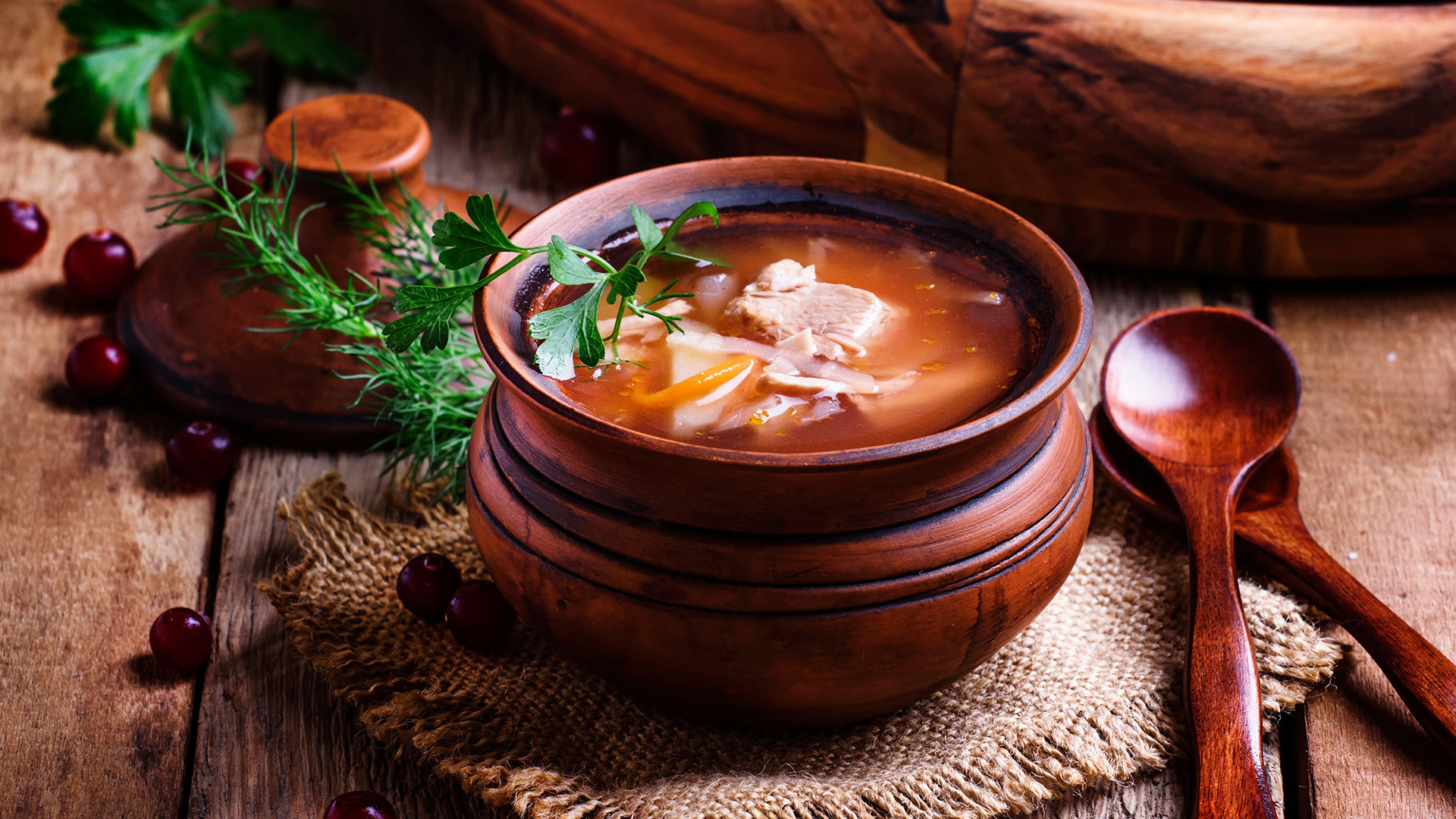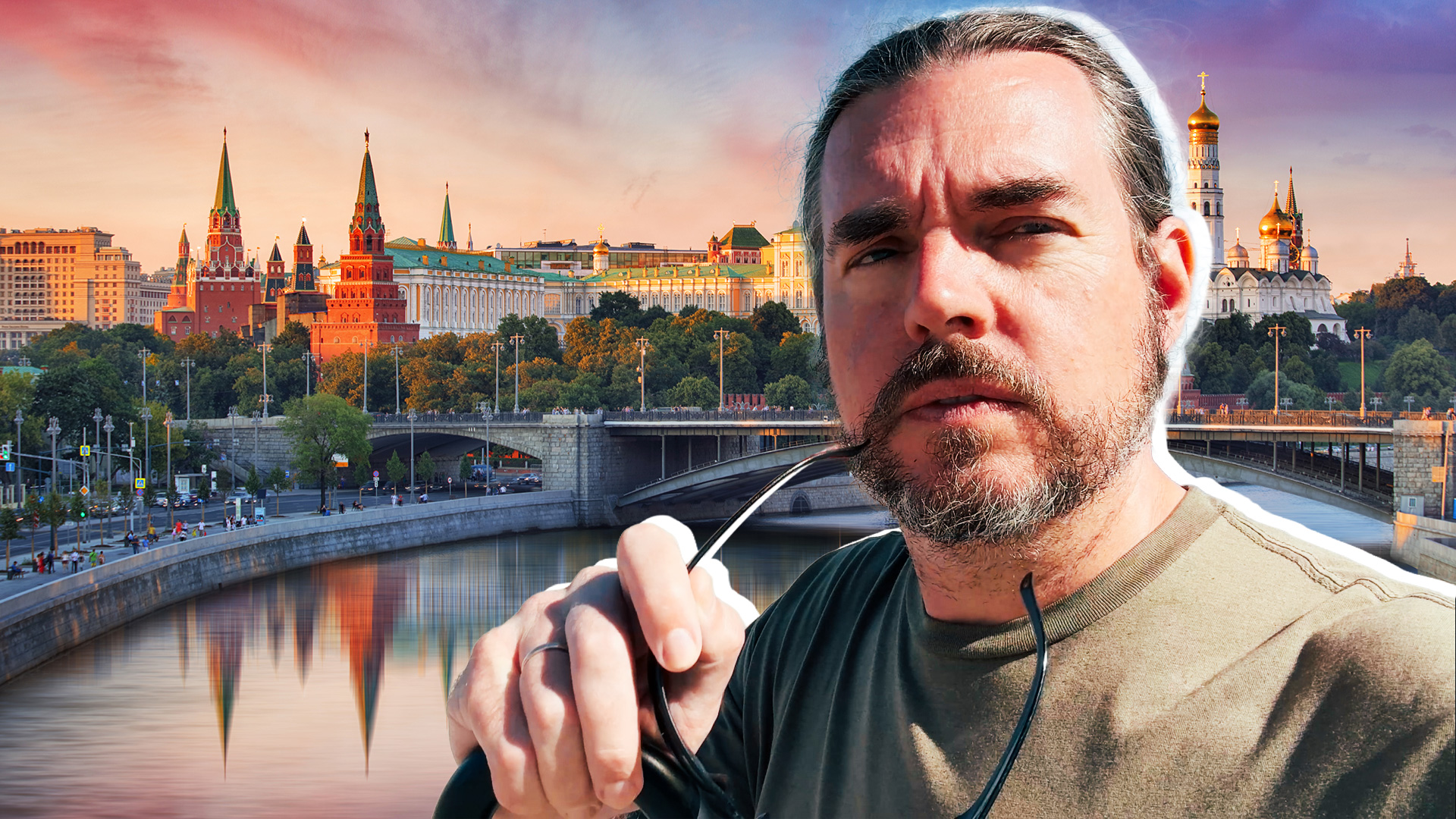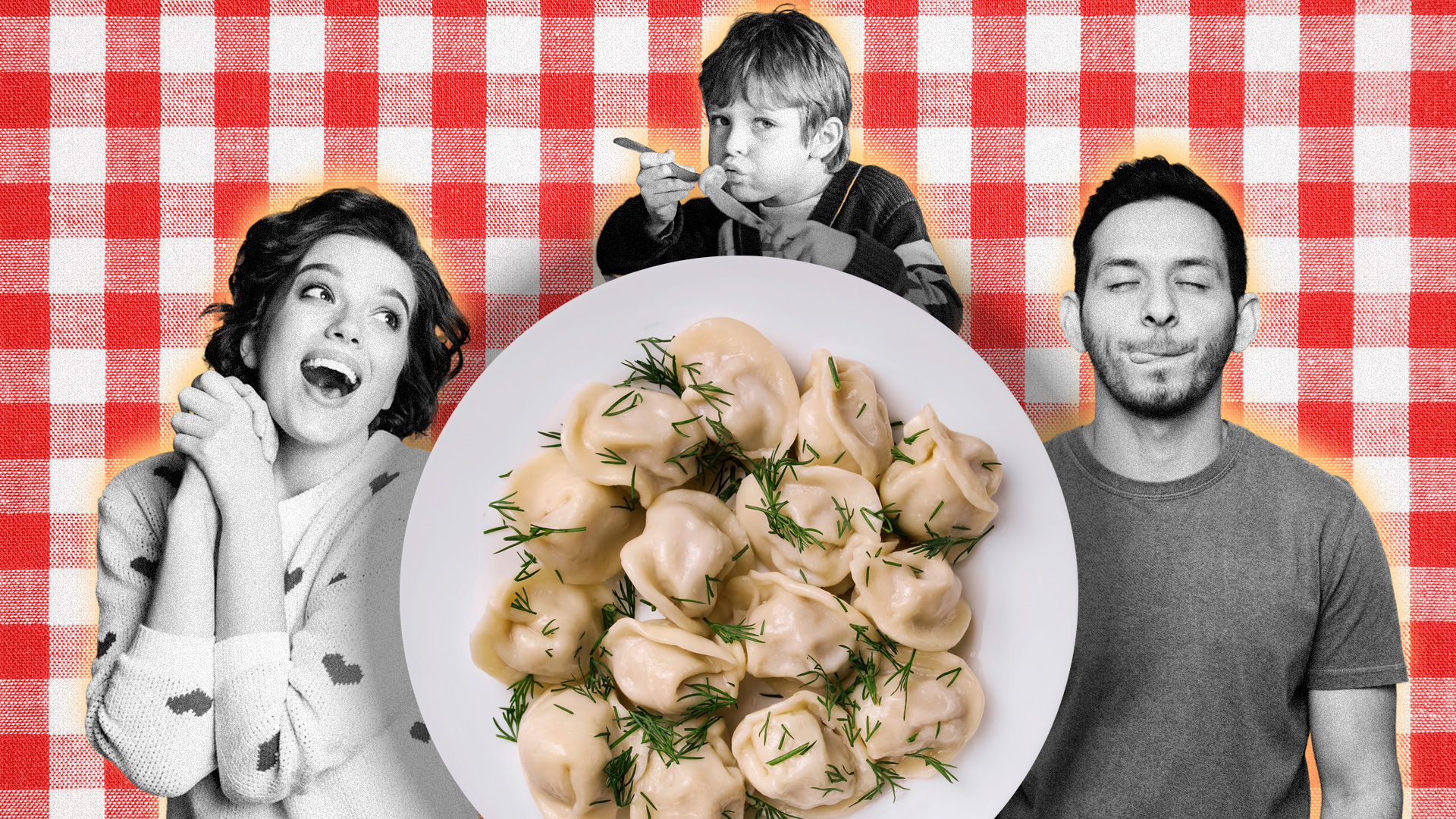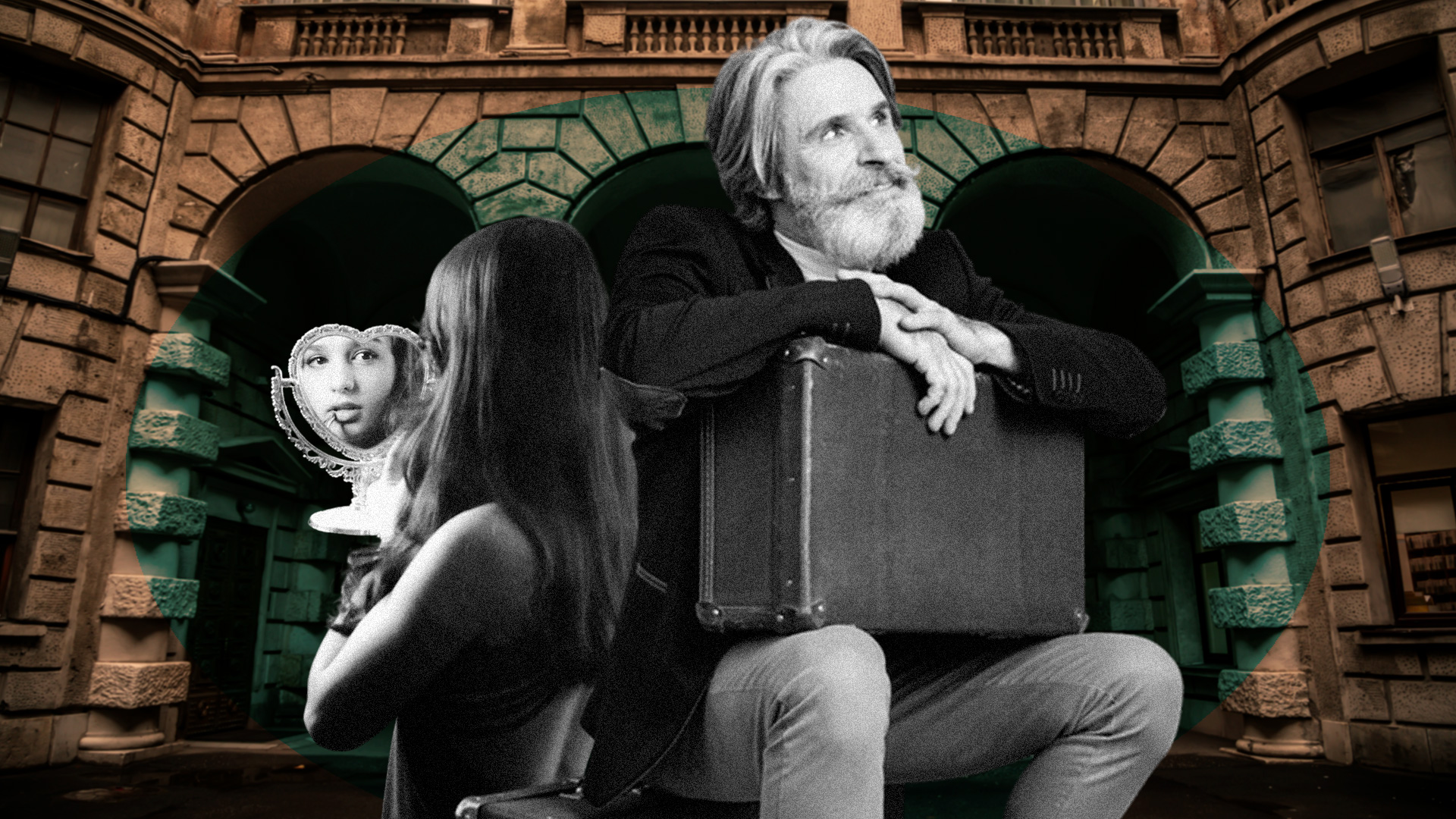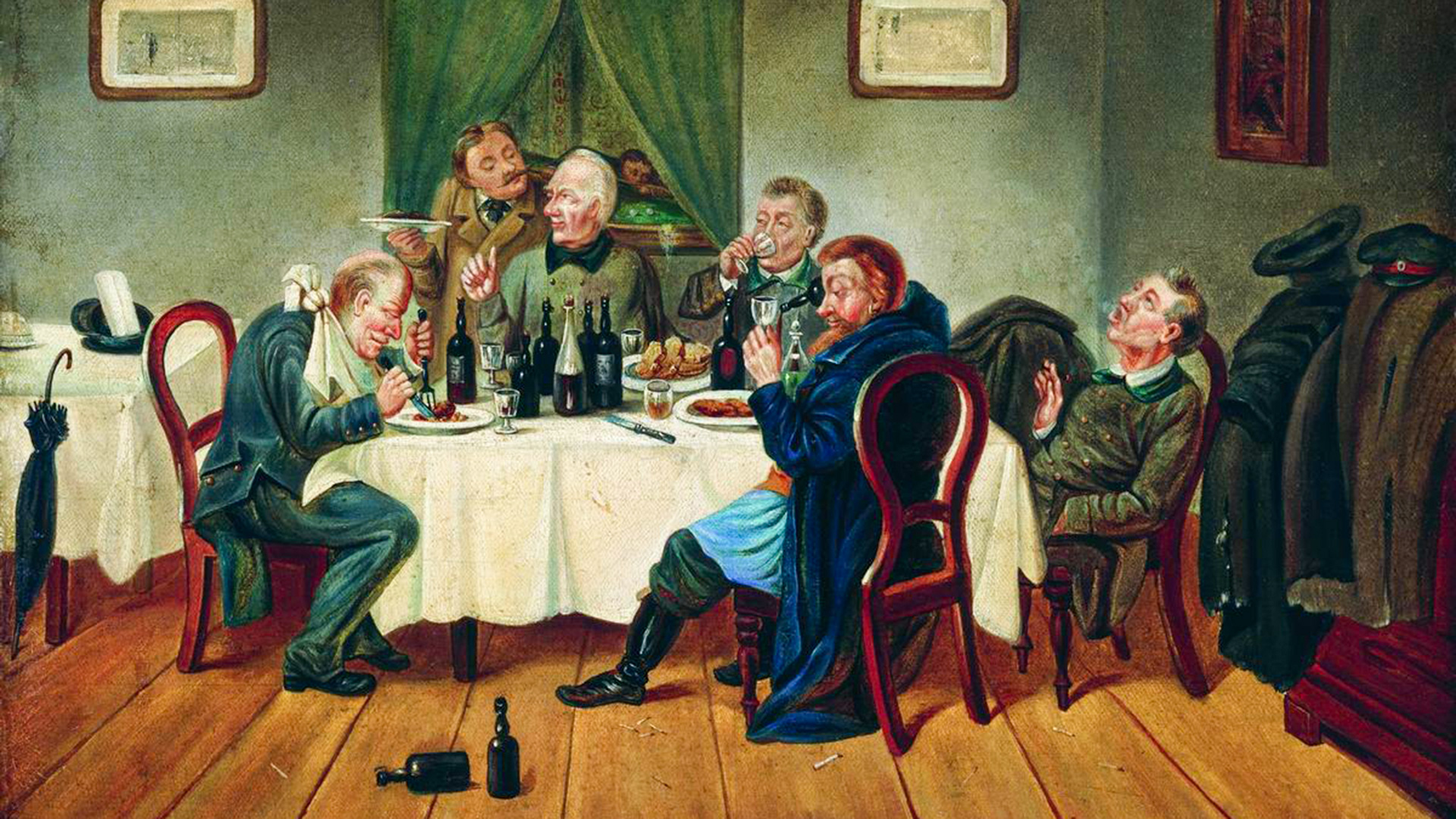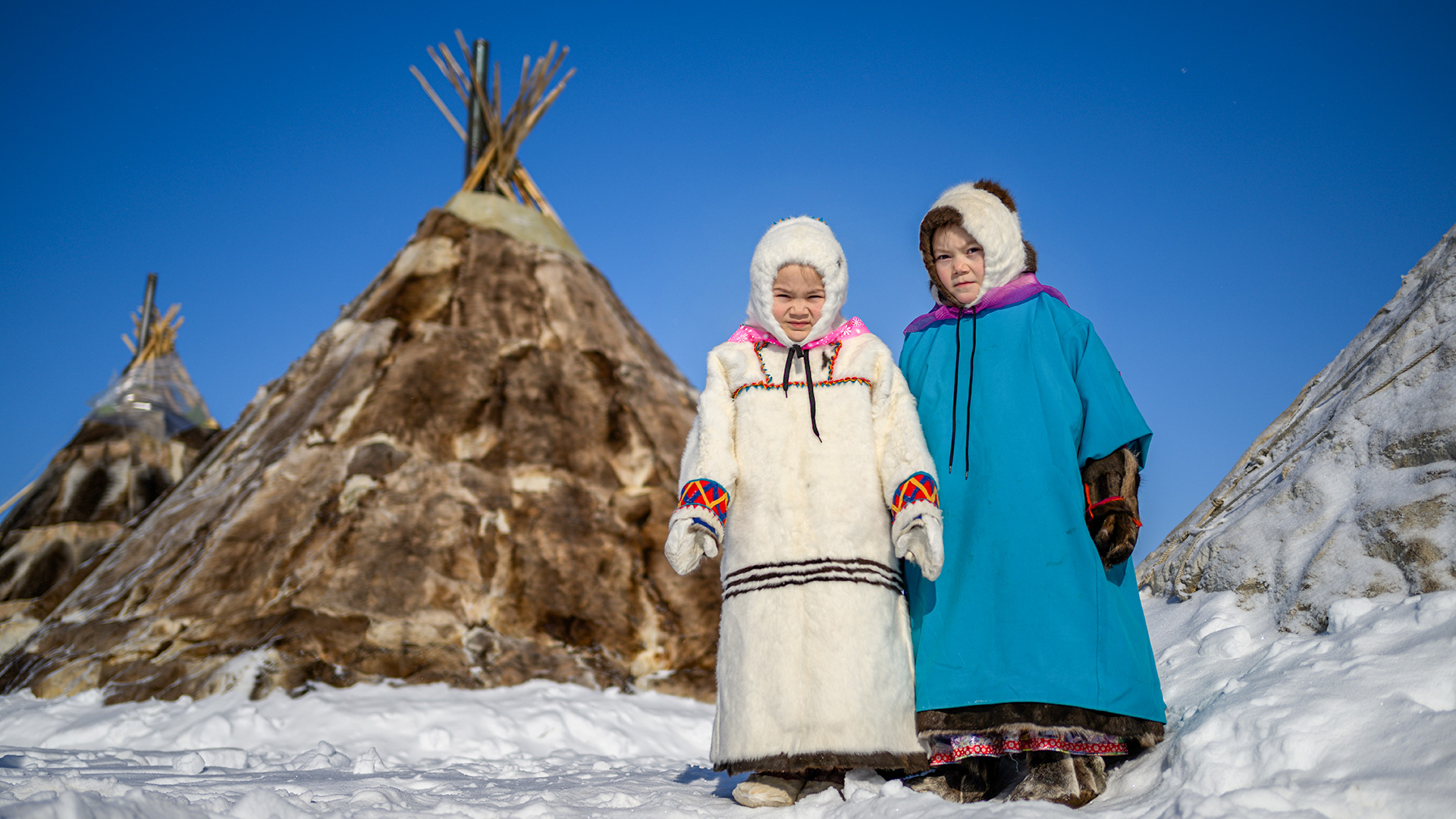
7 old Russian wedding traditions that still exist today (PHOTOS)
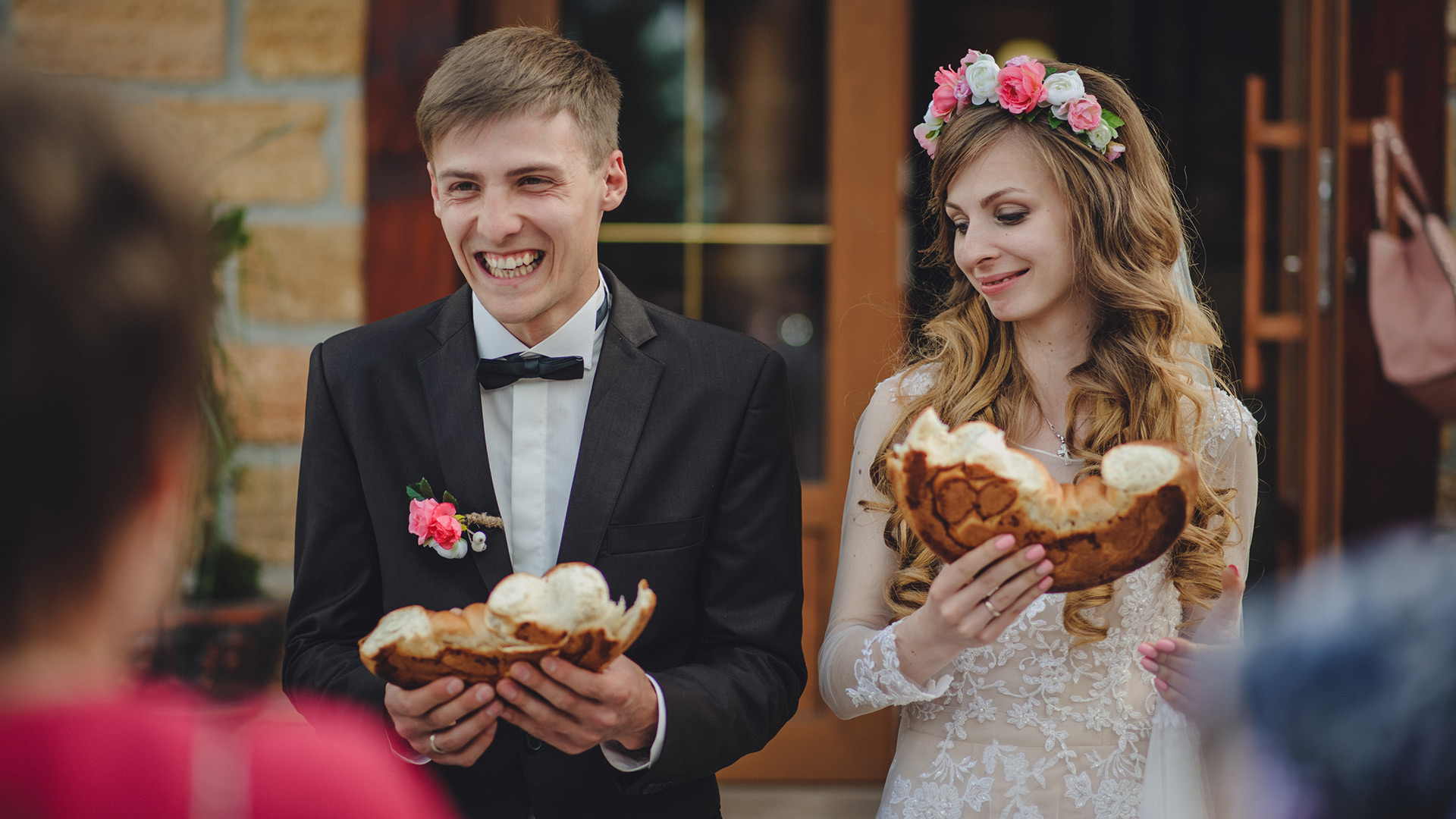
A wedding in Russia is not only a solemn day for a young couple, but also an official party for relatives. And, although, in recent years, it has become fashionable to register a marriage in unusual places (for example, in a subway station or planetarium), a feast for relatives is always arranged with old traditions in mind. True, many today are very different from the ancient rituals.
1. Bride ransom

This is one of the most famous customs. When the groom and his friends arrive at the bride's house, her friends and relatives block their way, demanding a ‘bride ransom’. The groom usually “buys back” the bride not with money, but by completing tasks. For example, it was necessary to guess riddles or show physical strength.
At a modern wedding, the “ransom” is usually asked for near the bride's apartment: it can be a bottle of champagne for the bridesmaids, guessing the items belonging to the bride among others, singing a song in her honor under the windows and so on.
2. ‘Wedding train’

This was the name of the wedding procession in the old days, when the groom and his friends would come to pick up the bride. The participants of the “train” had either red shirts or red ribbons or red scarves. The main person in this procession was the ‘druzhka’ – a close friend of the groom, the manager or the best man.
Today, members of the wedding cortege usually arrive by car, but the meaning remains the same.
3. Wedding doll

It is customary to decorate the couple's car with a doll in a wedding dress (usually, a doll that the bride played with as a child) on the front bumper. The custom also has ancient roots: earlier, rag dolls were hung on the newlyweds’ carriage – sort of as “amulets” protecting them from evil spirits. Slavs believed that the dolls would soak up the bad energy of envious people.
4. 'Tamada' (Toastmaster)

In the old days, it was the friend of the groom who took on the responsibility to entertain guests and monitor the observance of customs. But, in the Soviet years, there was a tradition to organize weddings in restaurants and hire a host. Then, Caucasian restaurants became popular and the word ‘tamada’ (‘toastmaster’) from the Georgian language entered the Russian language. At weddings, the ‘tamada’ holds contests, says a lot of toasts and does everything to keep the guests from getting bored.
5. Wedding ‘karavay’

In Russia, the ‘karavay’ has been a symbol of hospitality and family values. At a wedding, it’s given to the newlyweds by their parents, blessing their union with the gesture. And the bride and groom have to break off a piece and eat it. It is still believed that whoever breaks off the biggest piece will be the main one in the couple.
6. 'Gorko!'

As soon as the guests shout "Gorko!" (“Bitter!”), the newlyweds have to kiss. And, at this time, the guests loudly count how long they kiss (the longer the better!). Philologists believe that, in the olden days, the word had common roots with the word “burn”, while today, the meaning is that the kisses of the newlyweds should sweeten the “bitter” alcoholic drinks.
7. Breaking glasses

In Russian villages, there was a tradition of breaking clay pots for a wedding and, today, they break glasses – for good luck. The more shards, the happier the union. And the ringing supposedly chases away evil spirits.




